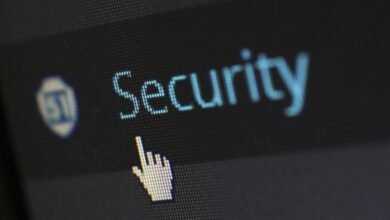The Secure Communication Infrastructure Authority serves as a digital fortress, safeguarding the integrity of sensitive information. By implementing robust key management and encryption techniques, it addresses the complexities of communication security. If you’re navigating these challenges, understanding SCIA’s role and how to connect with their resources—like the various contact numbers available—could be crucial for your organization’s safety. What strategies might you consider as you explore this essential framework?
Overview of the Secure Communication Infrastructure Authority
The Secure Communication Infrastructure Authority (SCIA) plays a crucial role in establishing and maintaining the framework for secure communications across various sectors.
You’ll find that SCIA focuses on developing secure protocols and communication standards that enhance data integrity and privacy.
Key Functions and Responsibilities
While navigating the complexities of secure communications, understanding the key functions and responsibilities of the Secure Communication Infrastructure Authority (SCIA) is essential.
You’ll find that SCIA focuses on key management to ensure data integrity and confidentiality.
Additionally, it conducts thorough risk assessments, identifying vulnerabilities and implementing strategies to mitigate threats, thus fostering a robust framework for secure communication.
Importance of Secure Communication
Secure communication is crucial for protecting sensitive information in an increasingly interconnected world.
By employing data encryption techniques, you ensure that unauthorized access to your communications is minimized. This commitment to communication privacy not only safeguards personal data but also fosters trust in digital interactions.
Ultimately, secure communication empowers you to engage freely while mitigating risks associated with data breaches and cyber threats.
How to Engage With the Authority
Understanding how to effectively engage with the Secure Communication Infrastructure Authority is vital for organizations seeking to enhance their communication security.
Utilize various contact methods, such as direct calls or email correspondence, to initiate dialogue.
Implement targeted engagement strategies, focusing on specific security concerns and compliance requirements.
This proactive approach not only fosters collaboration but also empowers your organization to navigate the complexities of communication security effectively.
Conclusion
In conclusion, the Secure Communication Infrastructure Authority is essential for protecting sensitive information in today’s digital landscape. With 95% of data breaches stemming from human error, implementing robust security measures is critical. By engaging with SCIA through their contact numbers, you can access expert guidance tailored to your organization’s unique challenges. Investing in secure communication not only safeguards your data but also builds trust with clients and stakeholders, ensuring a safer digital environment for everyone.





